Gravel comes in many sizes, each serving different construction, landscaping, and drainage needs. Choosing the right size is crucial for proper function and appearance. Whether you’re building a driveway, filling a foundation, or decorating a garden path, this guide to 10 gravel sizes with pictures will help you make the right decision.
What is Gravel?
Gravel is a loose aggregation of small rock fragments. It’s often used in construction, road building, drainage systems, landscaping, and concrete production. Gravel sizes are usually categorized by diameter and often sorted by screens during production.
10 Common Gravel Sizes (With Pictures & Uses)
Below are 10 standard gravel sizes, including visuals and practical applications.
1. Gravel (Screenings) – Less than 1/4 inch
Size: Dust to 1/4 inch
Also Known As: Stone dust, granite screenings
Common Uses:
- Base layer for pavers and bricks
- Pathway fillers
- Mixing with cement
Fine and powdery, #10 gravel compacts well, making it ideal for leveling surfaces.
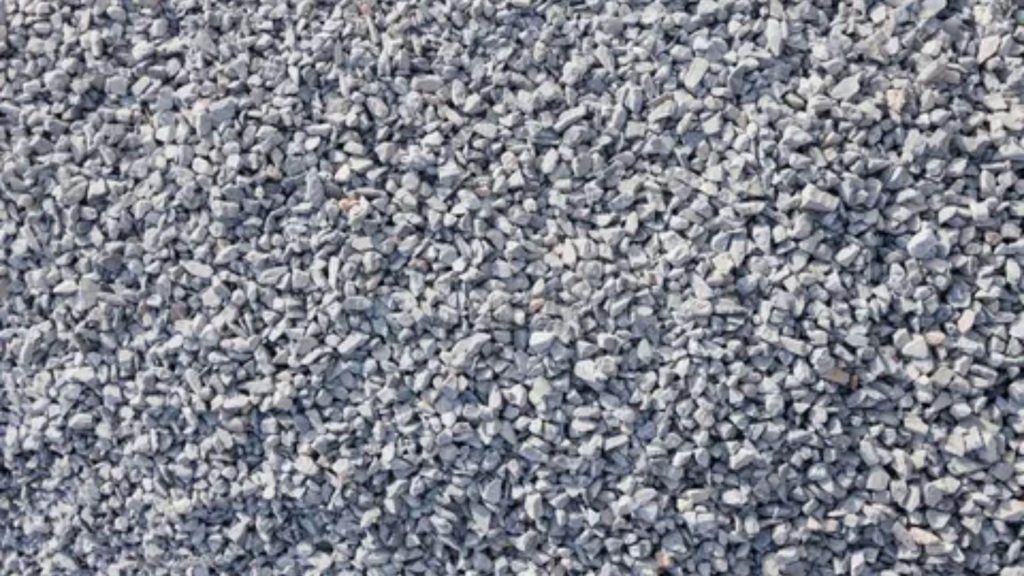
2. Gravel – 3/8 inch
Size: Around 3/8 inch
Also Known As: Pea gravel (when rounded), 3/8” crushed stone
Common Uses:
- Driveways and pathways
- Decorative ground cover
- Drainage applications
Small and smooth, this gravel provides comfort underfoot and is easy to spread.
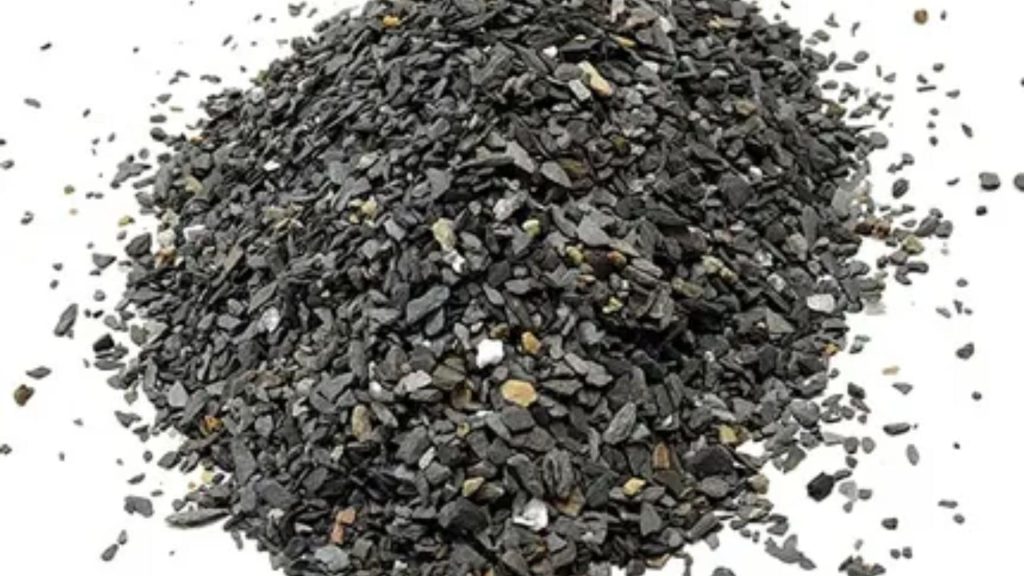
3. Gravel – 1/2 to 1 inch
Size: 0.5 to 1 inch
Also Known As: Crushed stone #57
Common Uses:
- Drainage fields
- Concrete mixes
- Driveway foundations
A versatile choice, #57 gravel is angular and offers great drainage and stability.
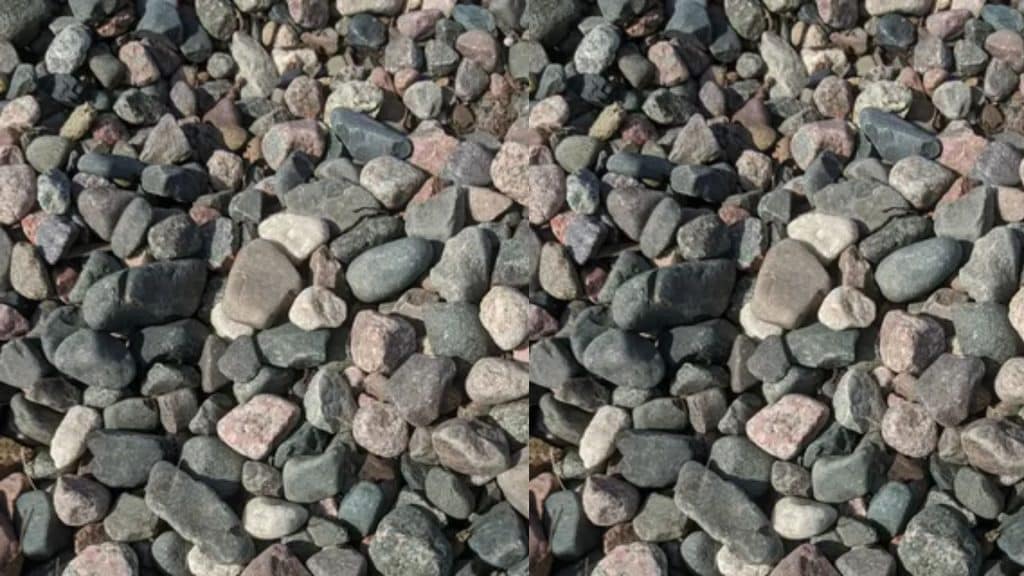
4. Gravel – 1 to 2.5 inches
Size: 1 to 2.5 inches
Also Known As: Railroad ballast (in some regions)
Common Uses:
- Erosion control
- Base for large drainage areas
- Landscaping
Chunky and rough, #4 gravel is ideal for heavy-duty or large-scale groundwork.
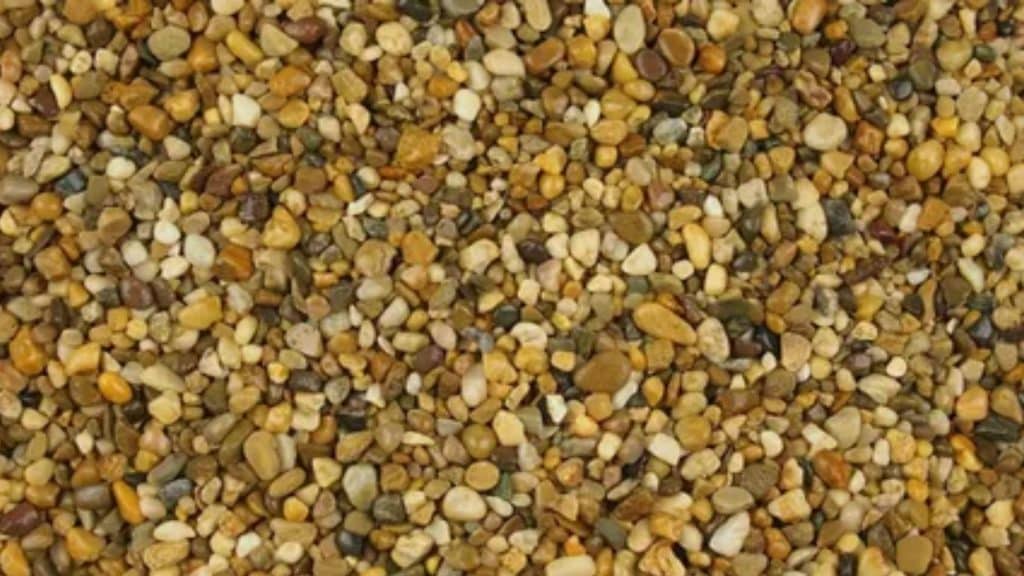
5. Pea Gravel – 3/8 inch (Rounded)
Size: 3/8 inch, smooth and rounded
Common Uses:
- Playground surfacing
- Walkways and patios
- Decorative landscaping
Pea gravel is one of the most popular types for its clean appearance and comfort.
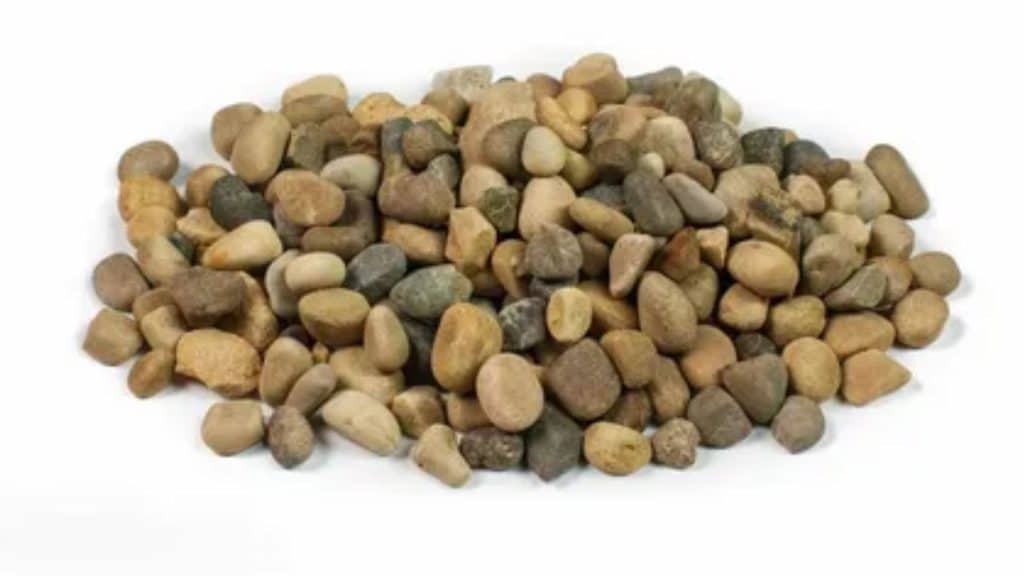
6. Crushed Stone #3 – 1 to 2 inches
Size: 1 to 2 inches
Common Uses:
- Base for driveways and highways
- Filling large holes
- Heavy drainage work
Larger than #57, it’s used where strong foundation support is necessary.
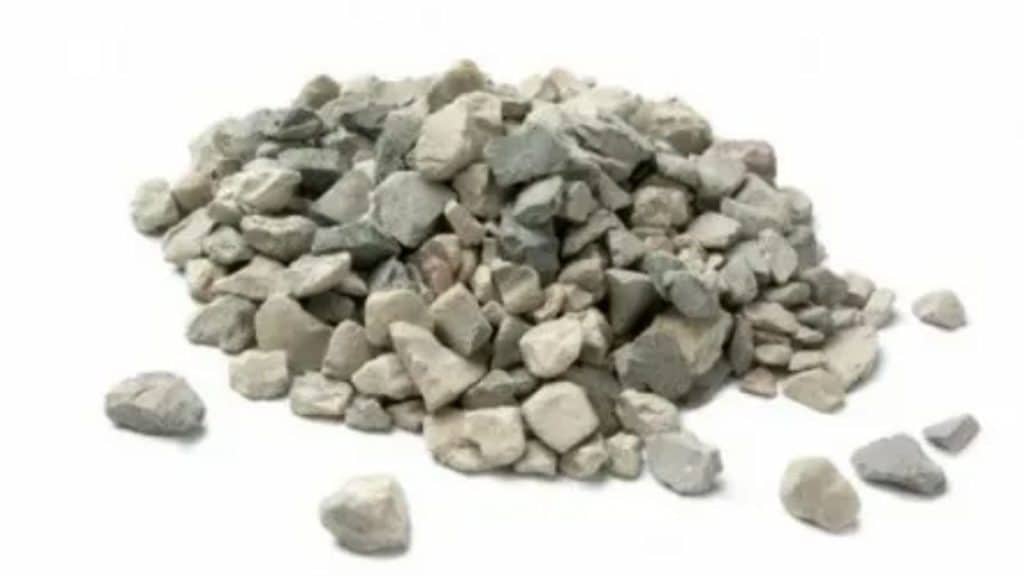
7. Marble Chips – 1/2 to 1 inch
Size: 0.5 to 1 inch
Appearance: White or light-colored, angular
Common Uses:
- Decorative gardens
- Pathways
- Around flower beds
These polished chips add a clean and upscale look to any outdoor space.
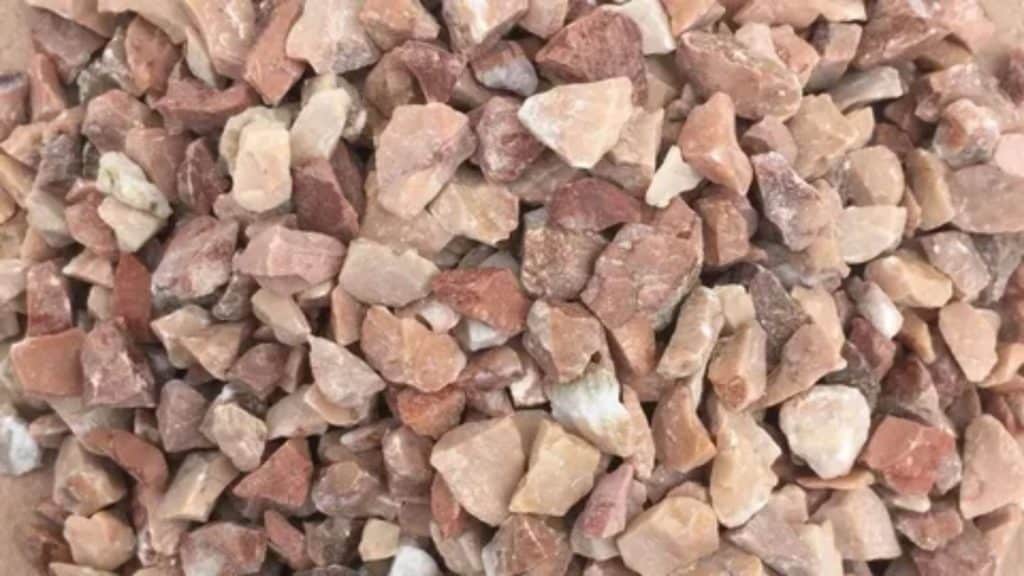
8. River Rock – 1 to 3 inches (Rounded)
Size: 1 to 3 inches, smooth
Common Uses:
- Landscaping borders
- Water features and ponds
- Erosion control
With natural round edges and mixed colors, river rocks are beautiful and functional.
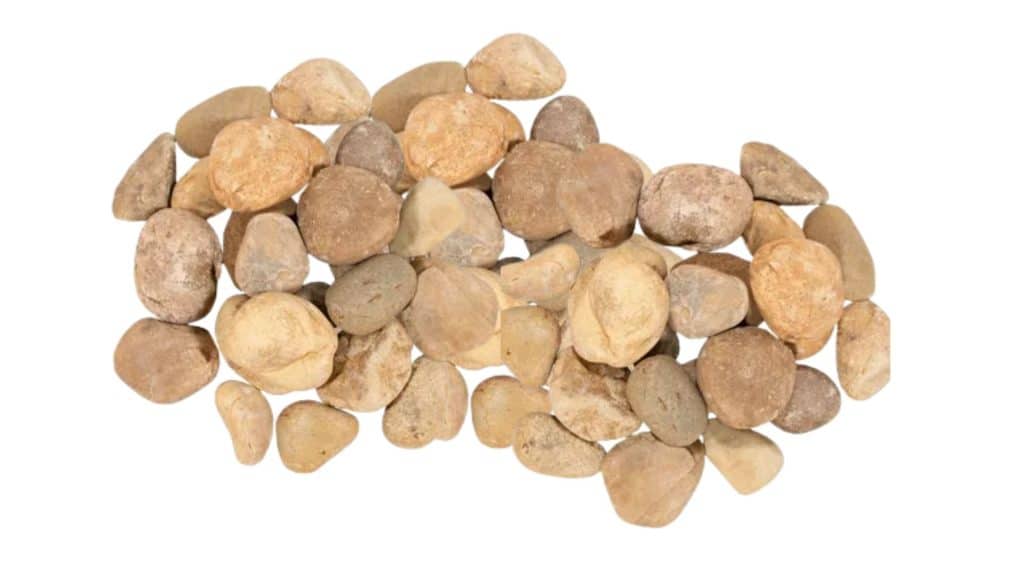
9. Oversized Gravel – 2.5 inches and up
Size: 2.5 inches and larger
Also Known As: Gabion stones, riprap
Common Uses:
- Retaining walls
- Shoreline protection
- Heavy erosion control
Large and irregular, oversized gravel is used in structural and protective settings.
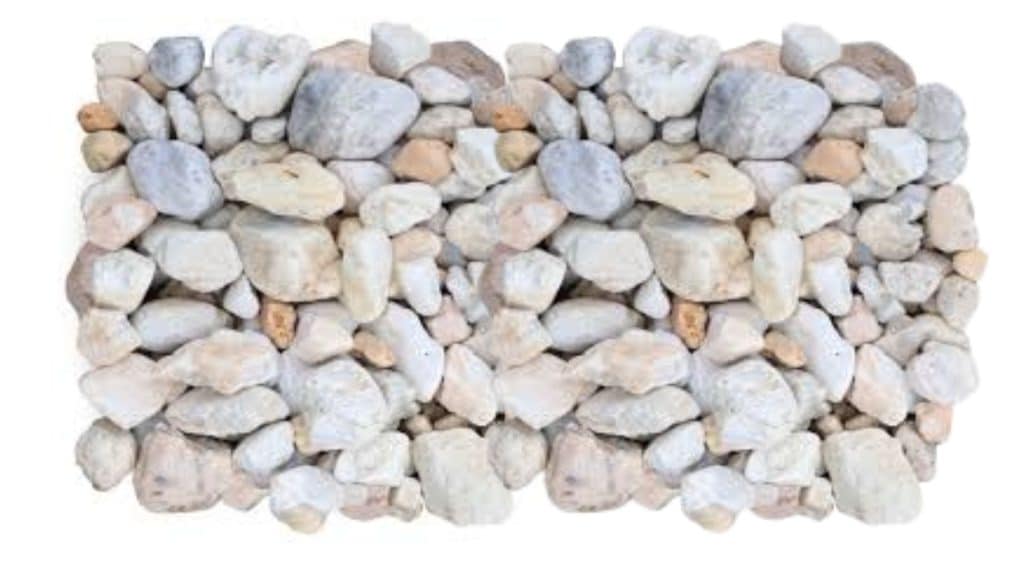
10. Decomposed Granite – Crushed fine gravel
Size: Finer than 1/4 inch
Texture: Sand-like, crumbly
Common Uses:
- Natural pathways
- Patio surfaces
- Xeriscaping
This gravel compacts into a firm surface and has a rich, natural look.
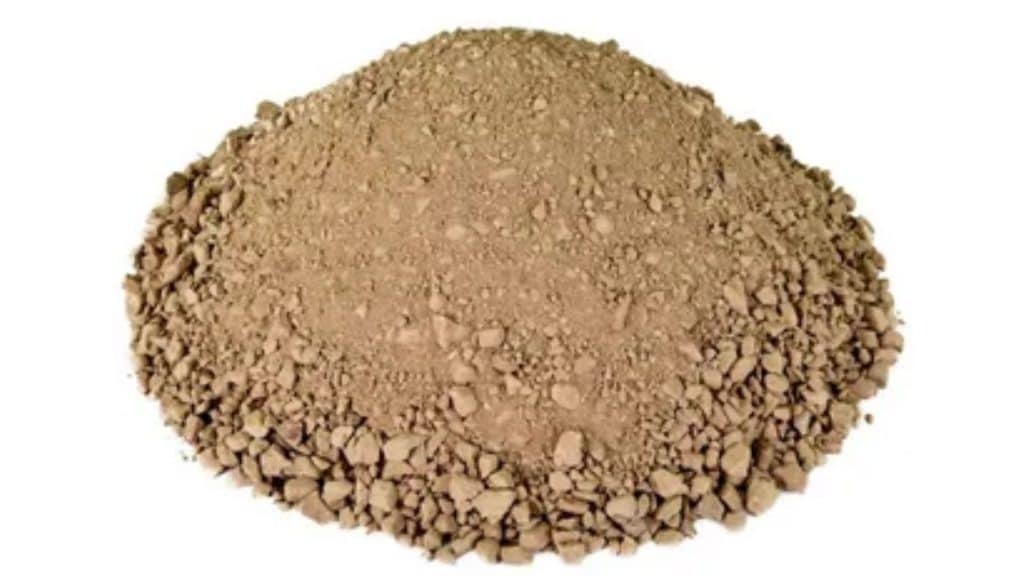
🛠️ How to Choose the Right Gravel Size
Choosing the right gravel size depends on your project:
| Project Type | Recommended Gravel Size |
|---|---|
| Driveways | #57 or #3 gravel |
| Walkways/Paths | Pea gravel or Decomposed Granite |
| Drainage | #57 or River Rock |
| Foundations/Sub-base | #3 or #4 gravel |
| Decorative Landscaping | Pea Gravel, Marble Chips, River Rock |
📷 Gravel Sizes Visual Chart
A gravel size chart with reference pictures can be extremely helpful. Below is a simplified breakdown for quick comparison (images are referenced hypothetically; visuals would ideally accompany this table on a website):
| Gravel Size | Approx. Diameter | Visual Reference |
|---|---|---|
| #10 | Dust – 1/4 inch | Looks like fine sand |
| #8 | 3/8 inch | Similar to green peas (crushed) |
| #57 | 1/2 – 1 inch | Mix of small to medium crushed stones |
| #4 | 1 – 2.5 inches | Chunky stones, angular |
| Pea Gravel | 3/8 inch | Small, smooth, rounded pebbles |
| Crushed #3 | 1 – 2 inches | Large, jagged stone pieces |
| Marble Chips | 0.5 – 1 inch | Bright, decorative chips |
| River Rock | 1 – 3 inches | Rounded, multi-color stones |
| Oversized | 2.5 inches and up | Large boulders and riprap |
| Decomposed Granite | Finer than 1/4 inch | Sandy, reddish or golden texture |
Final Thoughts
Understanding gravel sizes is essential for selecting the right material for your project. Each type has unique characteristics and ideal applications. From fine screenings to large riprap, the size and texture impact functionality, drainage, and aesthetics. With this guide to 10 gravel sizes with pictures, you now have a clear and visual reference to make confident decisions for any gravel-related project.
If you’re planning a project soon, remember to also check local availability and regional naming variations for these sizes.

